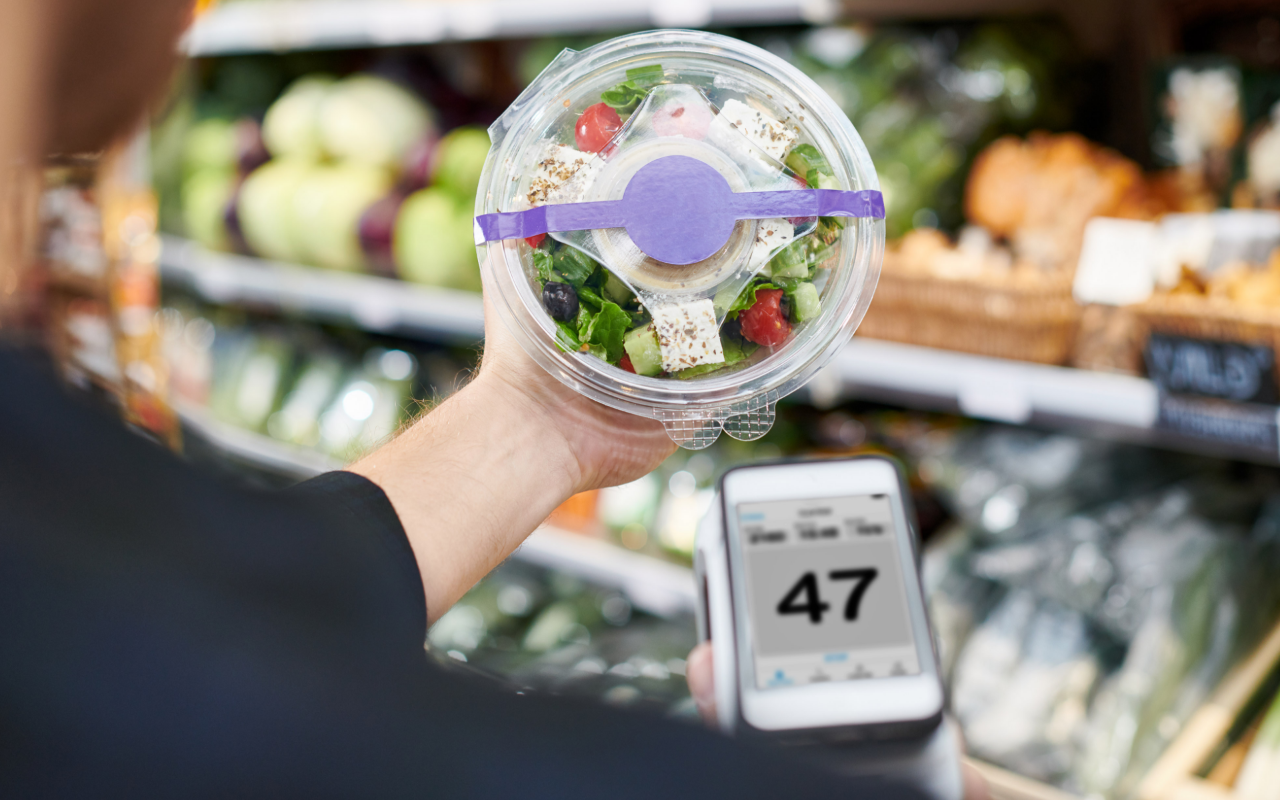Here’s a controversial thought. In the highly competitive landscape of the grocery industry, the path to a future of operational excellence, healthy profits, and growth starts with a return to the basics.
Before grocers can aspire to visionary thinking and exploring innovative ideas, they must first address the fundamental challenges that hinder their day-to-day operations. Without a solid operational foundation, grocers find themselves in a constant state of firefighting, grappling with issues that consume their resources. This limits their capacity to innovate and grow.
Inventory management, supply chain complexities, and understanding and exceeding customer expectations - these are the gritty fundamentals that consume many leaders and managers in the grocery business. They are also the areas where one proven technology has the answers.
1. Inventory management
An epic daily task. Large supermarkets stock tens of thousands of products, each with different shelf lives and storage requirements including perishable foods. Maintaining an accurate inventory is daunting for in-store teams. Structural mistakes and even small errors in inventory management lead to overstocking, understocking, and costly waste. In the US, retailers were estimated to generate over 5 million tonnes* of food waste in one year, primarily in fresh produce. For leadership the challenge is many decisions are made without having the data to inform them.
2. Supply chain
Fragmented and complex, the food supply chain is in reality fragile. We’re still routinely seeing empty shelves. Managing the flow of goods from hundreds of producers to stores can be a logistical nightmare. And once the goods arrive at stores, they enter what some managers call “the dark zone”. Literally, they know exactly what they send in a truck, however the gap in data between what is delivered, and what goes through check-out is often significant. Worse, the reasons are not always clear. This information gap and complexity hampers the efficiency of operations and impacts the ability to meet customer expectations. Empty shelves means customers shop elsewhere.
The true scale of ‘loss’ is often unknown for large grocers. Products disappear in the supply chain and in-store due to theft and diversion, human error in expiry date management means viable product goes unsold, and no item-level data means unexpected gaps appear on shelves (and on the bottom line).




